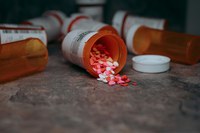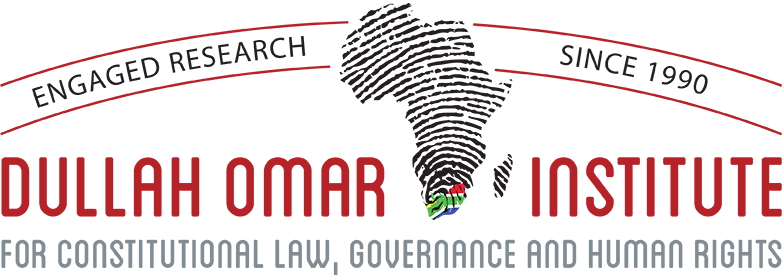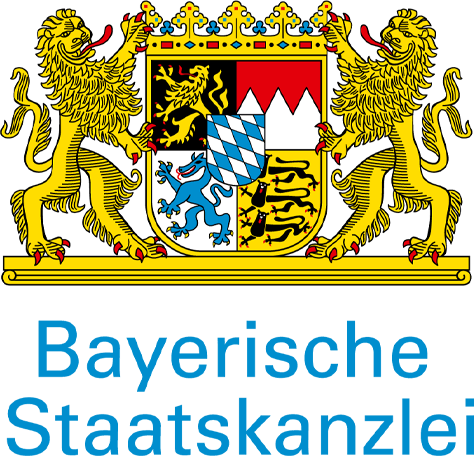Pharmaceutical waste: A hidden threat in municipal waste management
Expired, unused, or improperly discarded medicines can contaminate water sources, disrupt ecosystems, and create long-term public health risks.
The legislative framework
Municipalities have a central role to play in addressing this challenge. According to Schedule 5, Part B of the Constitution, municipalities are responsible for refuse removal, refuse dumps, and solid waste disposal. Schedule 4, Part B, further places responsibility for water and sanitation services, which include sewage disposal systems, on municipalities. These mandates extend to ensuring that pharmaceutical waste is safely managed.
The legislative framework, albeit fragmented, reinforces this responsibility. However, most of this framework is targeted at pharmaceutical waste generated by manufacturers, pharmacies and hospitals and not that generated by households. Section 26(1)(b) of the National Environmental Management: Waste Act 59 of 2008 prohibits any person from disposing of waste in a manner that may cause pollution or endanger human health. Regulation 27(2) of the General Regulations under the Medicines and Related Substances Act explicitly forbids medicines from being disposed of into municipal sewerage systems. Hospitals and pharmacies are required to follow regulated procedures for the safe disposal of pharmaceutical waste, as outlined in the Good Pharmacy Practice (GPP) standards and overseen by the South African Pharmacy Council (SAPC). However, while these regulations exist, adherence to proper waste management practices is not always consistently ensured or monitored in practice.
What we observe in practice
Despite these measures, scientific evidence shows that pharmaceutical waste is not consistently disposed of safely. Traces of pharmaceuticals are increasingly detected in rivers, wastewater, and even drinking water systems. The consequences are serious: contamination of aquatic ecosystems, disruption of microbial life, and risks to human health through low-level, long-term exposure. One major cause is that communities lack awareness of how and where to dispose of unused or expired medicines.
Despite regulated frameworks and GPP standards for pharmaceutical waste management, scientific evidence shows that pharmaceutical residues are widely detected in South African aquatic environments. Studies have reported the presence of over 100 pharmaceutical compounds, including antibiotics, antiretrovirals, analgesics, hormones, and non-steroidal anti-inflammatory drugs, in surface water, wastewater, and even groundwater (Munzhelele et al., 2024; Madikizela et al., 2024; Olujimi et al., 2024). Inadequate waste segregation, limited environmental monitoring, and insufficient enforcement contribute to the persistence of pharmaceutical pollution despite the existence of relevant regulations and standards (Munzhelele et al., 2024).
The consequences of improper disposal are serious and far-reaching. Pharmaceutical residues can disrupt aquatic ecosystems, bioaccumulate in aquatic organisms, alter microbial communities, and contribute to the development and spread of antimicrobial resistance (AMR) (Madikizela et al., 2024; Olujimi et al., 2024). Conventional wastewater treatment plants often fail to completely remove these micropollutants, allowing effluents to carry persistent compounds such as antibiotics and antivirals into rivers and estuaries (Munzhelele et al., 2024).
At the community level, a major driver is the lack of public awareness and accessible disposal options. Many households continue to discard unused or expired medicines in household waste or drains (Olujimi et al., 2024). This behavioural gap underscores the urgent need to strengthen public education, expand medicine take-back initiatives, and enhance environmental monitoring to ensure that pharmaceutical waste management regulations translate into consistent, effective practice.
International best practices
International practice shows that this problem can be managed. Many countries have introduced public education campaigns and accessible drop-off programs at pharmacies or community collection points, ensuring medicines are removed safely from households.
Internationally, several countries have implemented formal medicine take-back and safe disposal programs to prevent environmental contamination and reduce the risks of misuse. In Canada, most provinces operate pharmaceutical return schemes through community pharmacies, coordinated by the Health Products Stewardship Association (HPSA) and supported by Health Canada. Residents can return expired or unused medicines to pharmacies free of charge, a measure shown to reduce household disposal via bins or toilets (Health Products Stewardship Association, 2024; Health Canada, 2023). In the European Union, the Waste Framework Directive (2008/98/EC) classifies pharmaceutical waste as hazardous waste, obligating member states to provide dedicated collection systems. Countries such as Sweden and France legally require all pharmacies to accept unwanted medicines from the public, ensuring near-universal access to safe disposal (European Parliament & Council of the European Union, 2008; Sveriges Apoteksförening, 2024). The United States operates the Drug Enforcement Administration (DEA) National Prescription Drug Take-Back Program, which holds biannual collection days and maintains permanent drop boxes in pharmacies, police stations, and hospitals across multiple states (U.S. Drug Enforcement Administration, 2024). Similarly, Australia’s Return Unwanted Medicines (RUM) Project, established in 1998 and funded by the Commonwealth Department of Health, enables the public to return unwanted medicines at any community pharmacy for free, safe incineration (Therapeutic Goods Administration, 2024).
Complementing these national schemes, the World Health Organization (WHO) has issued global guidance emphasising the need for structured pharmaceutical waste management systems. The Safe Management of Pharmaceutical Waste from Health Care Facilities: Global Best Practices (WHO, 2025) outline evidence-based procedures for segregation, collection, transportation, and environmentally sound disposal. The guidance highlights challenges faced by low- and middle-income countries (LMICs), including limited disposal infrastructure and weak public awareness. Together, these international models demonstrate that effective pharmaceutical waste management relies on a combination of regulatory enforcement, community accessibility through pharmacy-based return systems, and continuous public education to ensure sustainable impact.
Lessons and recommendations
South African municipalities can draw practical lessons from models discussed above. Steps to strengthen local responses could include:
- Raising public awareness about the dangers of improper pharmaceutical disposal and educating residents on safe practices.
- Creating accessible disposal sites where households can return expired or unused medicines.
- Ensuring safe final disposal of collected pharmaceutical waste through licensed facilities and processes.
Pharmaceutical waste is a small but critical part of the broader waste management system. By recognising its risks and acting proactively, municipalities can protect public health, safeguard the environment, and give practical meaning to the constitutional right to a clean and healthy environment.
By Renier Coetzee, Associate Professor, School for Public Health & Johandri Wright, Post-doctoral Research Fellow






